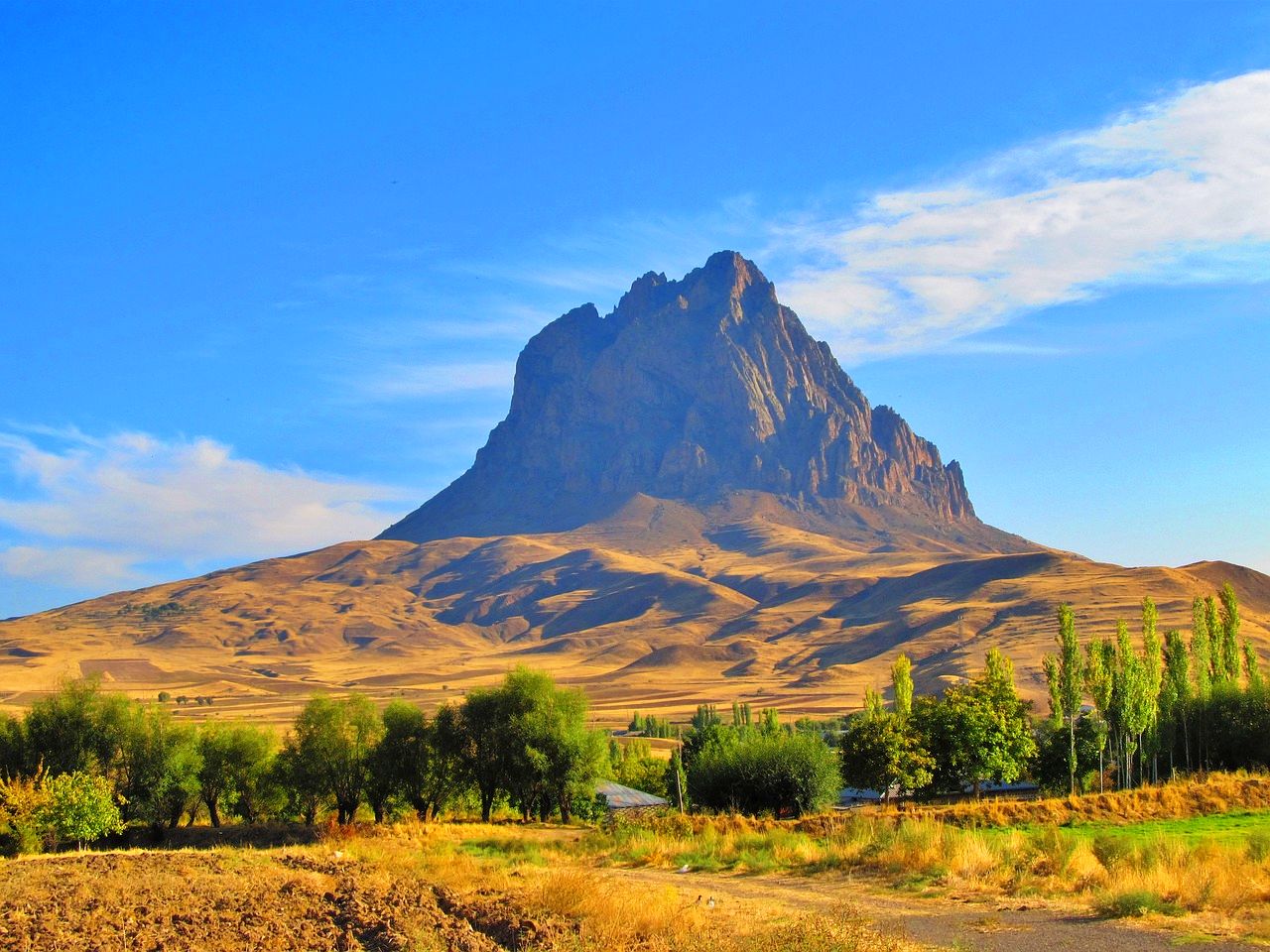
Mud volcanoes of Azerbaijan, Baku
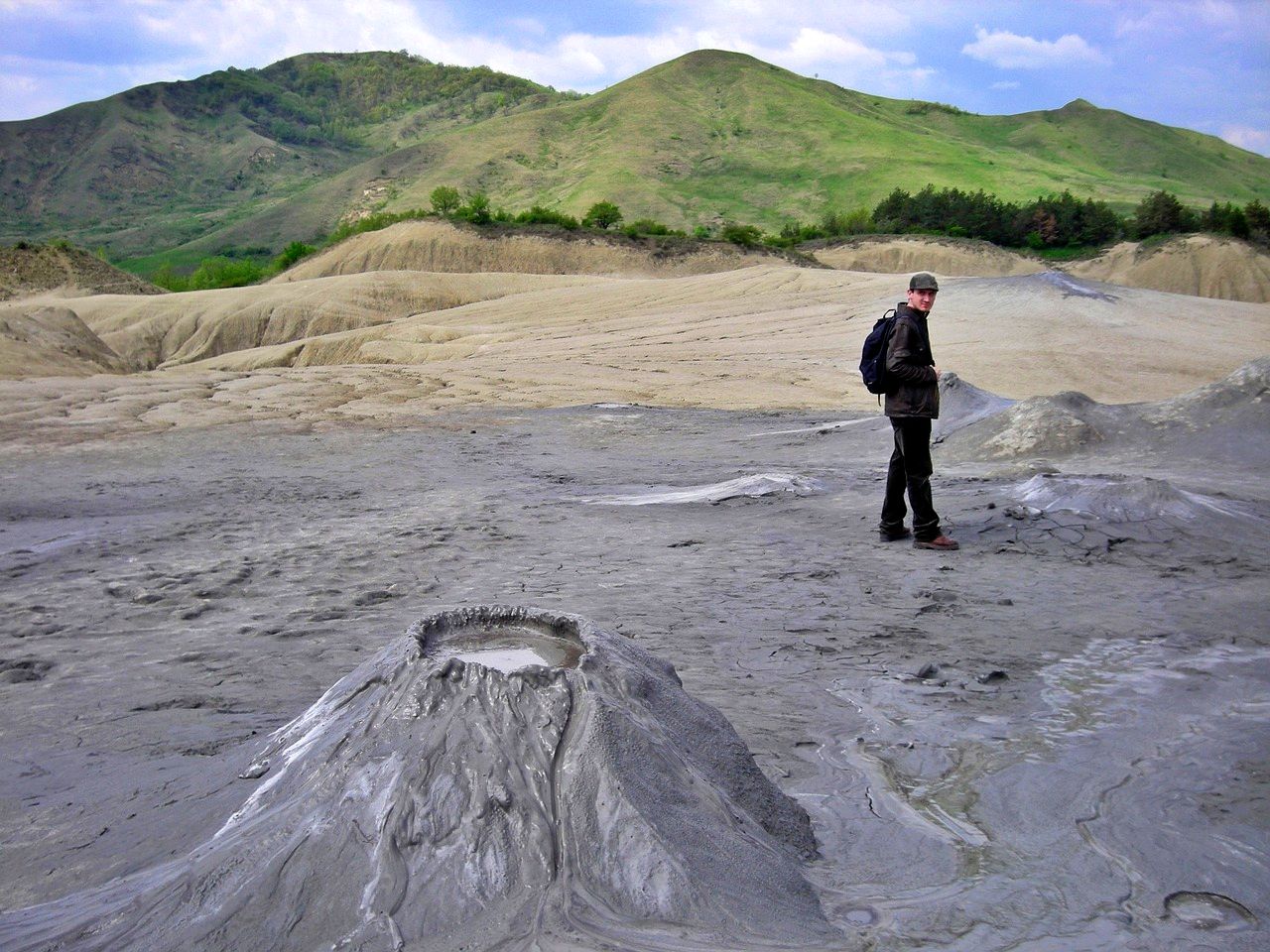
Reportedly, the unusual sight could be seen as far as 15 km (9 mi) away, and the flames continued burning for three days. According to experts, this was a volcano eruption, but instead of lava or magma, the volcano spewed mud instead. Apparently, these are formed where pockets of natural underground gas find a weak spot and force their way to the surface. While there are approximately 1,000 mud volcanoes around the world, 400 of them are located in this area of Azerbaijan and can still be seen with mud bubbling up to the surface.
Candy Cane Mountains, Siyazan, Azerbaijan
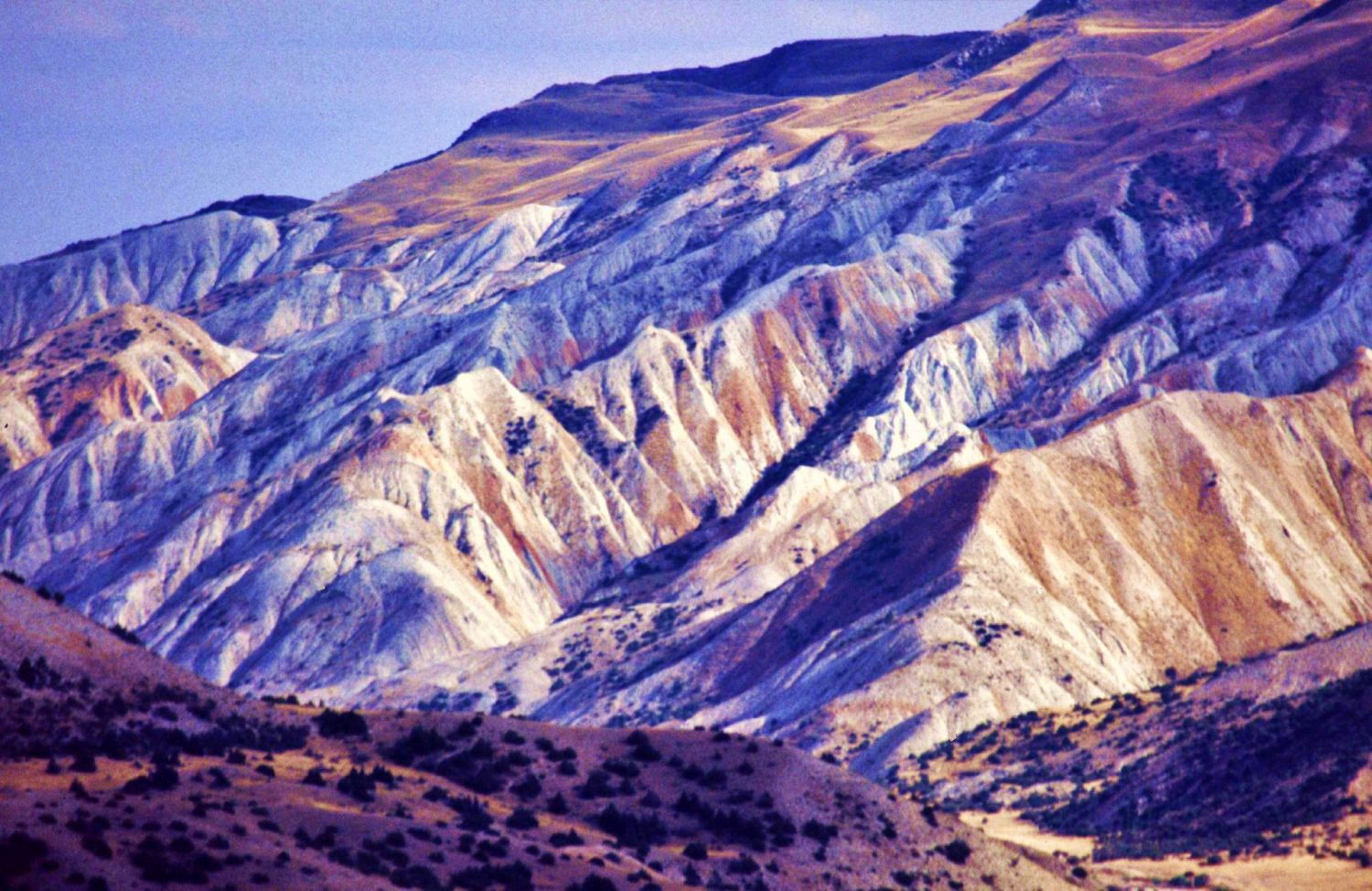
The mountains form part of the Great Caucasus mountain range and the difference in color is apparently due to the unique geology in this area of the country. The peaks are a type of sedimentary rock, made from layers of rock piling on top of each other over the years.
According to geologists, changes in the environment over a certain period led to the varying mineral composition of the red and white layers. Another interesting aspect of the mountains is the belemnites or fossils of a squid-like creature from the Cretaceous period. The colorful Candy Cane Mountains certainly stand out among the other “normal” mountains in the region.
Yanar Dağ – Fire Mountain, Baku
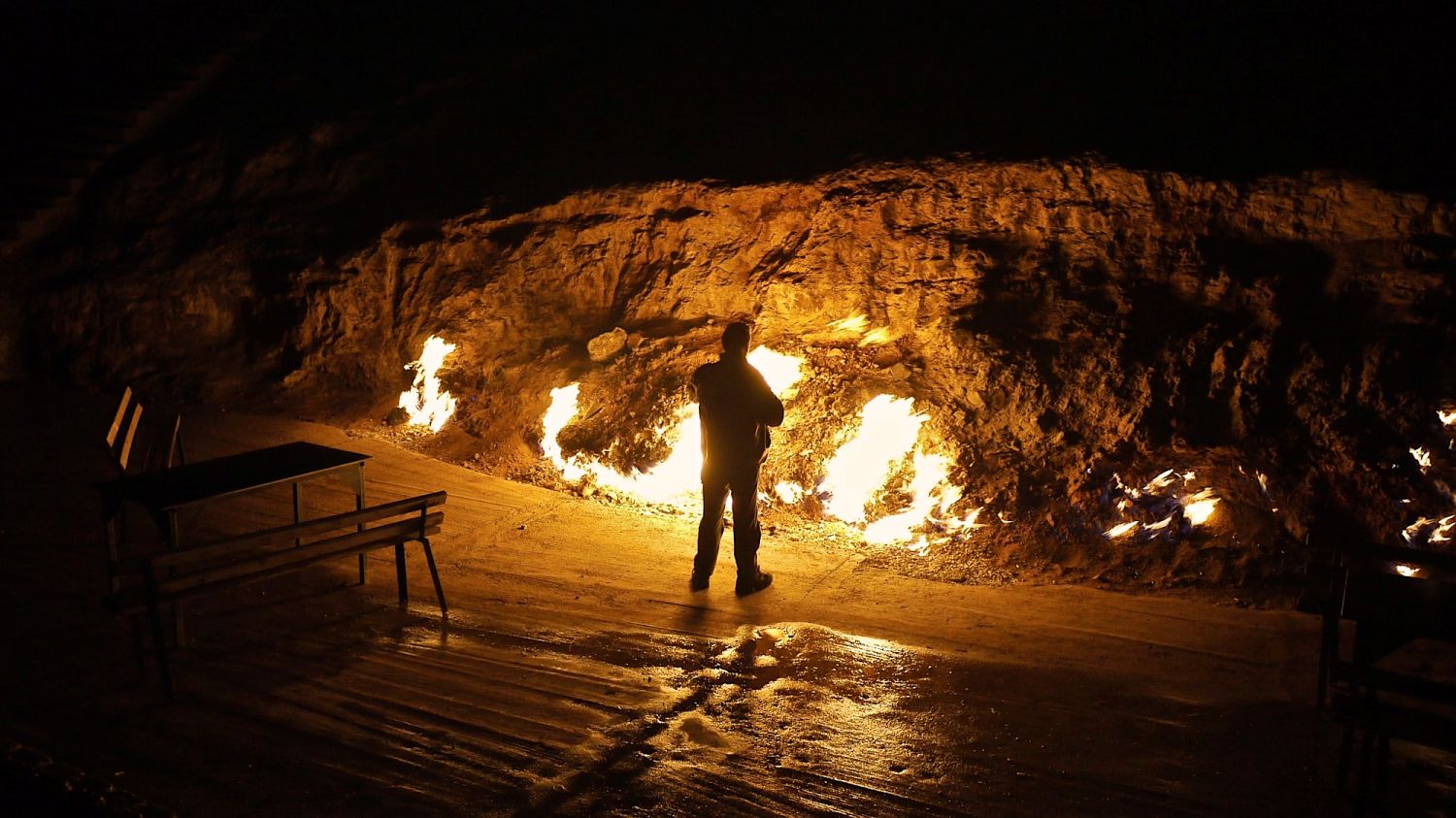
However, there is nothing mysterious in the flames seen in Azerbaijan to this day. Many of these fires eventually burn out due to the reduction in underground natural gas pressure. However, the ones remaining in Yanar Dağ are likely the most impressive. Also dubbed Fire Mountain, the 33-foot wall of fire burns continuously.
Fire Mountain is best viewed at night when locals and travelers can watch the display from a nearby teahouse. These days, with natural gas in short supply, it does seem an awful waste. According to legend, this particular blaze started in the 1950s when a shepherd threw his cigarette, lighting the flames.
Explore these and more fascinating, unique landscapes in Azerbaijan on your next vacation. Meanwhile, stay tuned for more information about the country and its historic cities, coming soon.

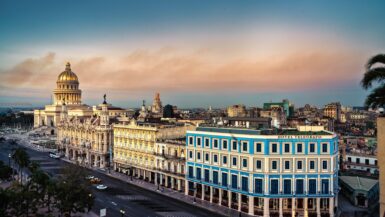

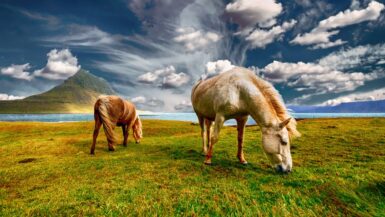
[…] by Anne Sewell Share this article FacebookTwitterRedditPinterestEmail Next article Explore The Unique & Fascinating Landscapes Of Azerbaijan […]
[…] Shopkeeper in Colombo, Sri Lanka [Image by John Gibson from Pixabay]Sri Lanka is a popular South Asian destination with attractions and activities to suit every traveler. The island nation, formerly […]